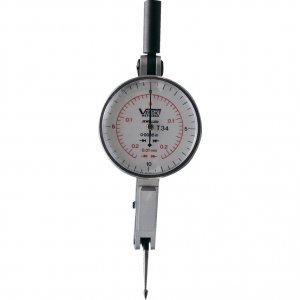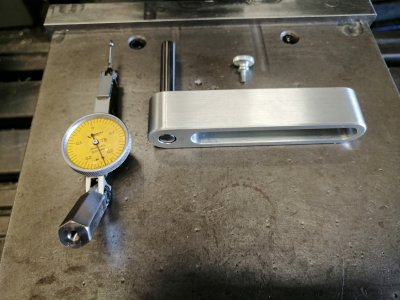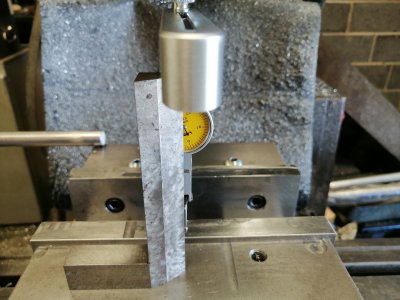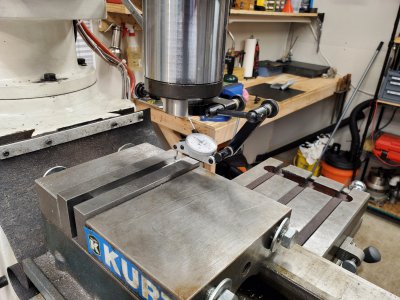My slideshow on YouTube seems to have been caught up in the ongoing beef between the video of an indicator holder by Blondihacks and Joe Pie's video confirming the topic here. The Blondihacks naive attempt did blatantly highlight the issue with dti alignment to the spindle which encouraged me to clarify
here the importance of correct alignment which I have not ever seen covered on social media. However Joe Pie wanted to quickly highlight Blondihacks design failure to have an open side to the indicator holder.
Due to the timing of the 3 videos, my research has been singled out as " absolutely false " by Joe Pie and my second favourite troll, Shop Tech.
I firmly believe that my unique hexagonal spigot replacement used with my slotted arm is a simple valid upgrade and offers the only non rotating mount for a dti. This truly unique and extremely robust holder, offers indicating from 0 to 150mm swing using only a 100mm long arm.
Sadly, Joe has once again invited me to comment on his channel to justify my design, knowing that he will historically block any suggested improvements. So just to give the heads up, you won't find a response appearing in any of his comments from me or perhaps many many others?
Here are the three videos for comparison.
Blondihacks dti holder -
Joe Pie's response -
My simple slideshow that I believe is the best solution -
Please enjoy all 3 and please let me know if there are any improvements that I could incorporate.
My design is free: post here or on YouTube comments if you need further info to manufacture..





